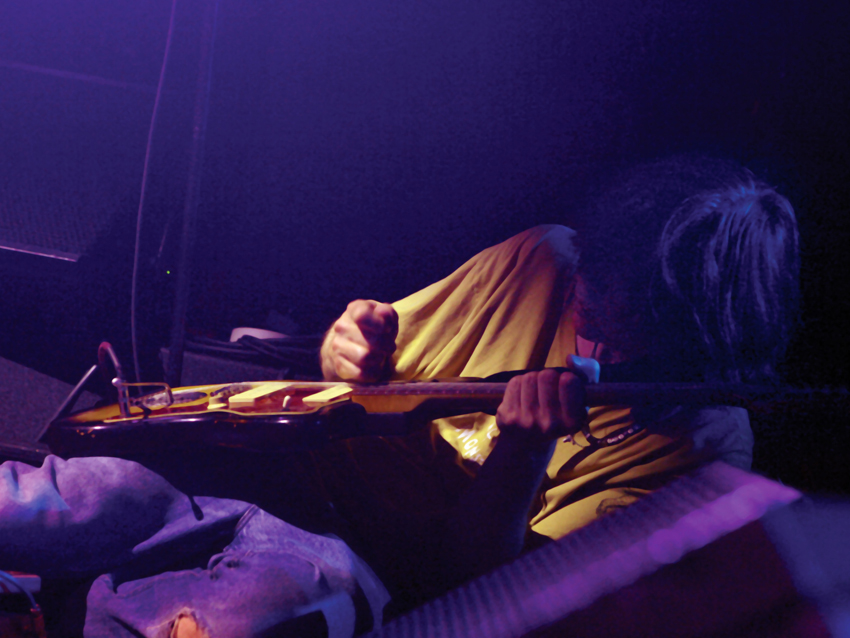
Come on feel the noise...
Audio feedback. It’s the soundman’s worst enemy: responsible for ruining gigs, blowing amps and inflicting tinnitus on unsuspecting audience members. It is also, however, responsible for some of the most exciting moments in modern music.
When harnessed and used with skill, the gritty, undulating sound of an audio signal feeding back in on itself becomes a raw and primal sound source. It can create otherworldly drones, turn mundane guitar parts into roaring crescendos, and the past hundred years of music wouldn’t be the same without it.
Here, we’ve rounded up ten of our favourite feedback-wielding musicians, bands and composers - from early pioneers to modern masters of noise. Have we missed any of your favourites? Who else deserves a special mention? Let us know in the comments section below.
Next: 10 kings and queens of feedback
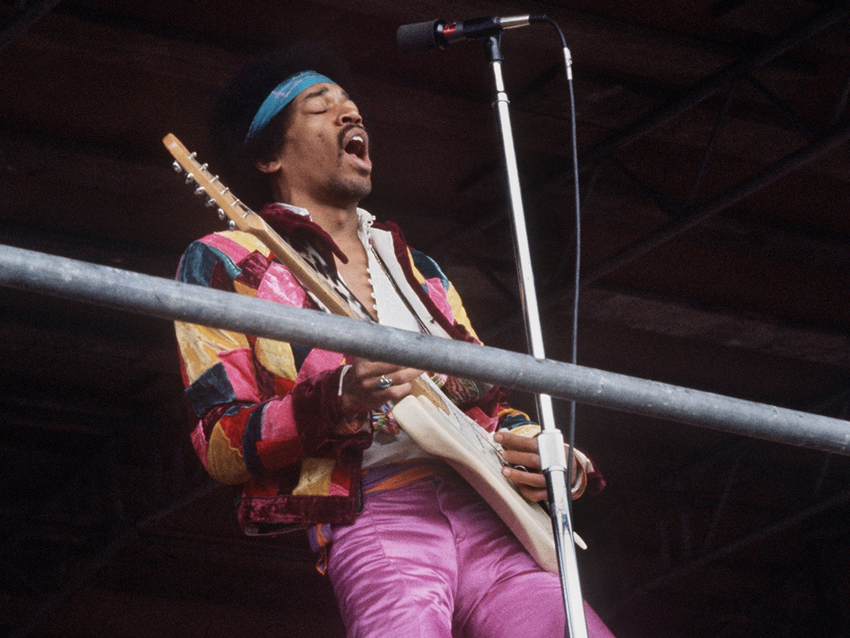
Jimi Hendrix
If we’re going to talk about feedback, Hendrix seems like an obvious place to start.
He might not have been the first musician to utilise the roar of noise created when the sound of an electric guitar is allowed to fold back on itself, but his iconic manipulation of the technique makes him an undisputed feedback king.
Live, feedback became a cornerstone of Hendrix’s gritty and exciting playing style, whilst on record... well, just try listening to the opening of Fox Lady without getting excited.
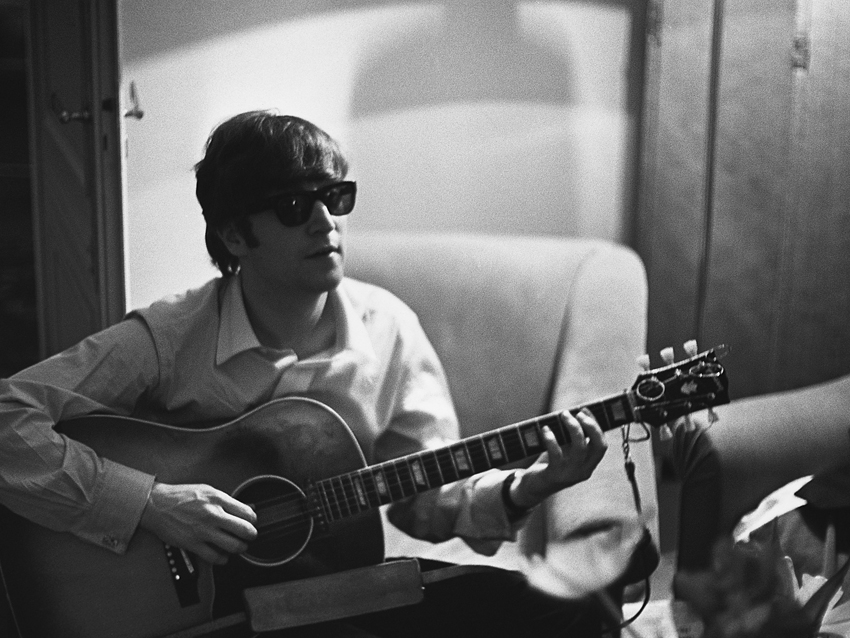
The Beatles
Supposedly, The Beatles ’64 single I Feel Fine is first instance of feedback being used on a pop recording.
The effect, found at the track’s opening, was the result of a note played on McCartney’s bass being picked up and fed back through Lennon’s semi-acoustic, which was resting against its amp at the time. Listen to said feedback in all its isolated glory below.
The Liverpool lads repeated the idea of starting a song with a swell of feedback - in more grizzly and overt fashion - a few years later, with Yellow Submarine’s It’s All Too Much.
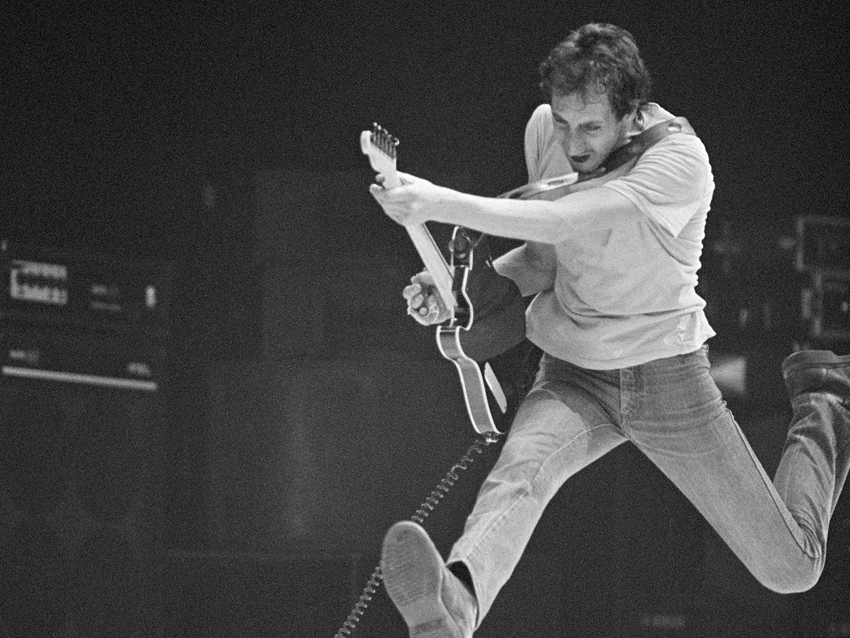
Pete Townshend
Lennon and McCartney might be able to lay claim to its first recorded use, but The Who’s Pete Townshend is easily guitar feedback’s most notable early proponent.
The bands’ 1965 singles Anyway, Anyhow, Anywhere and My Generation both see Townshend manipulating his instrument to work screeches and throbs of feedback into his playing. Right from the outset too, feedback was an iconic feature of the bands energetic and destructive early live shows.
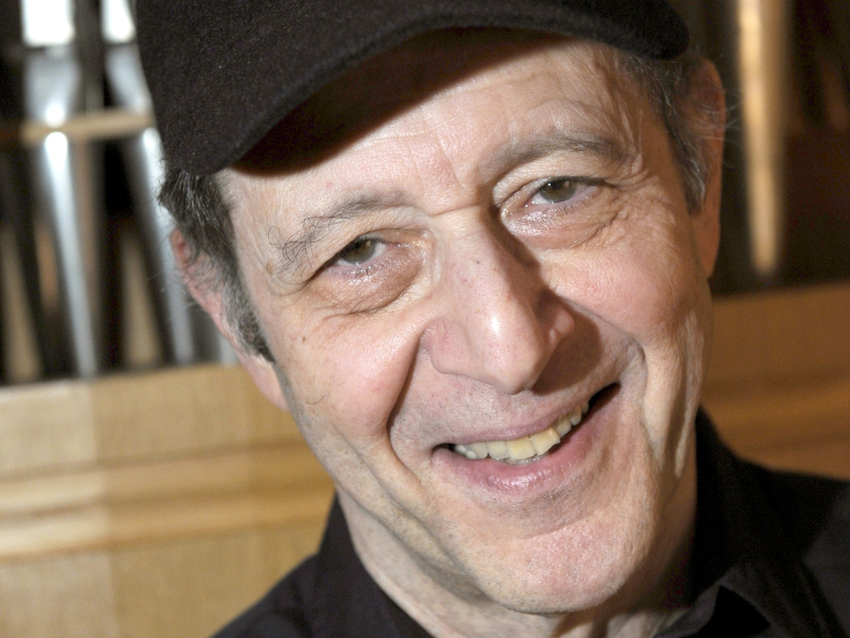
Steve Reich
It would be a fallacy to imply that feedback is a sound technique solely pioneered by rock guitarists. There are multiple influential uses of feedback manipulation that appear throughout 20th Century classical music.
US composer Robert Ashley was possibly first to experiment with feedback as a compositional tool. His 1964 work The Wolfman, a piece based around vocal mic feedback, gained a reputation for being potentially threatening to the listener’s health and hearing.
American minimalist Steve Reich’s Pendulum Music is, however, probably the most notable modern classical work to take feedback as its primary sound source. The piece is based around a series of microphones suspended by their leads over speakers, which are rocked like pendulums to create throbbing and slowly evolving feedback that eventually morphs into a constant drone as the mics come to rest at a standstill.
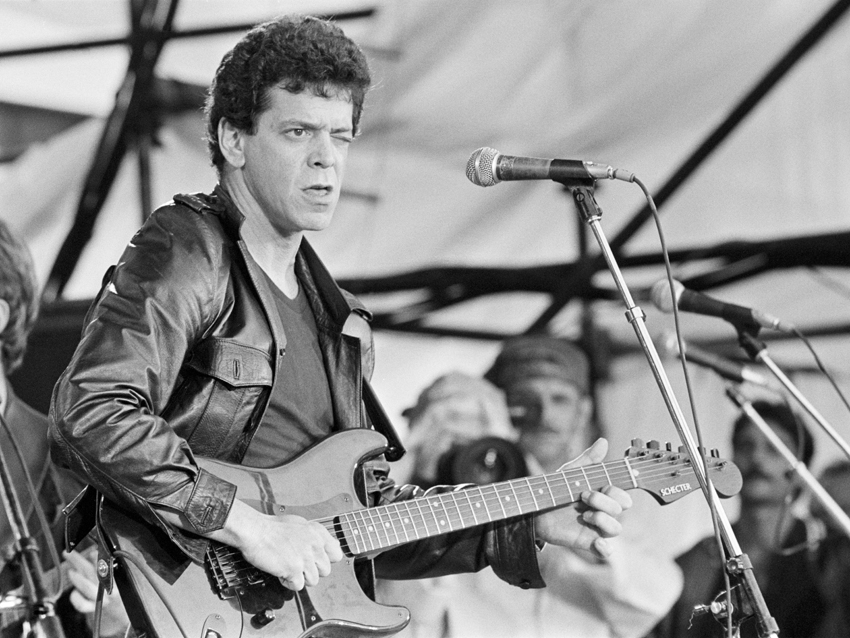
Lou Reed
Lou first embraced the noise with the Velvet Underground during their White Light/White Heat period, but it was his ’75 album Metal Machine Music that really saw him pushing feedback manipulation to new extremes.
The record features four extended drone pieces, each comprised entirely of guitar feedback created by feeding differently tuned guitars through reverb pedals and then placing them in front of powerful amps.
Perhaps unsurprisingly, the album received a critical slating upon its initial release. It’s undoubtedly proved an influential record though - an important foundation in the noise rock genre and a grand statement within Reed’s post-Velvets career.
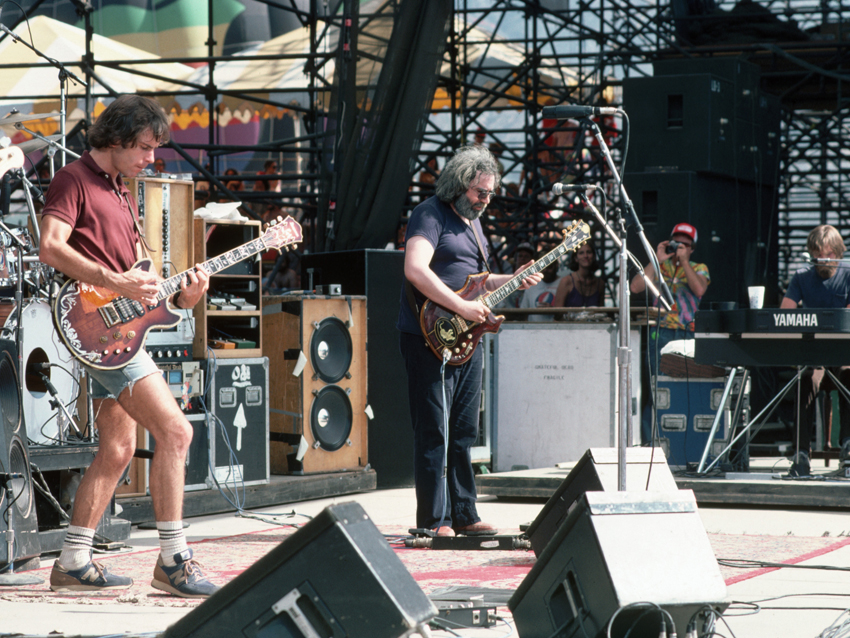
Grateful Dead
Ever-touring psychedelic jam band icons the Grateful Dead were one of the first acts to include extended stretches of feedback and noise into their live shows.
Alongside their standard drawn-out sets and extended improvisations, Deadheads could often expect to be treated to long period of squealing guitar noise pumped out through the band’s custom-built Wall Of Sound PA system.
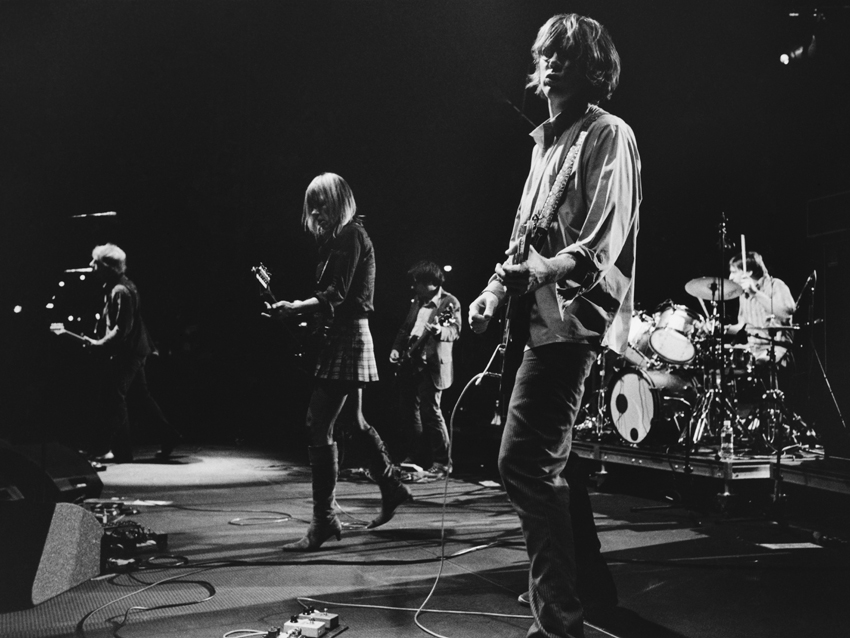
Sonic Youth
Although controlled feedback was a pretty prominent sound throughout underground rock in the late-‘80s and ‘90s, few bands became masters of it in the way Sonic Youth did.
The band’s three guitarists - Thurston Moore, Lee Ranaldo and Kim Gordon - pushed rock playing into new territory by combining the sort of feedback experiments pioneered by Lou Reed with techniques borrowed from modern classical composers (notably, they performed Reich’s Pendulum Music on their ’99 release Goodbye 20th Century.)
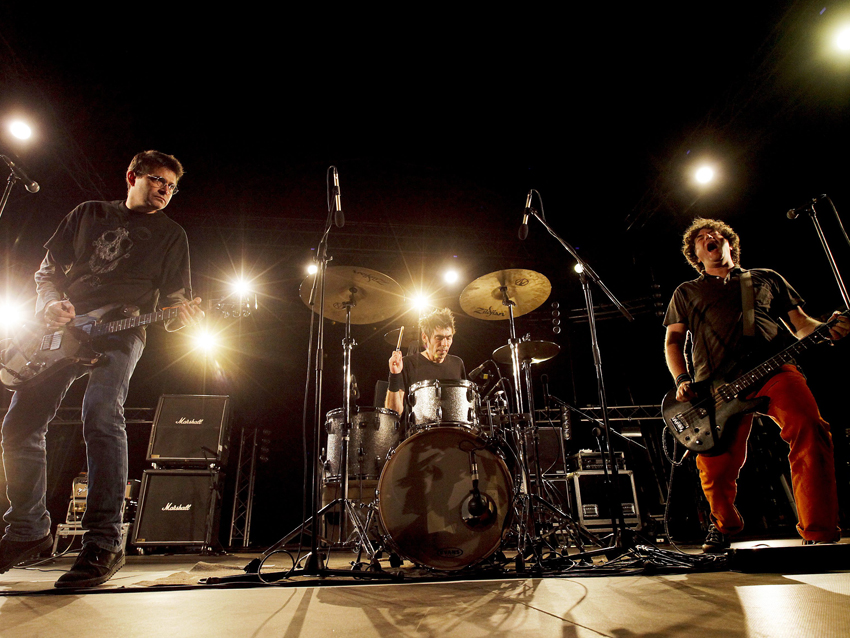
Steve Albini
As both a musician and a producer, Steve Albini is modern rock’s go-to man for noise.
Albini’s screeching, dissonant style of feedback and distortion-drenched guitar playing has provided the defining feature of his bands Big Black and Shellac. Creating abrasive, almost-industrial riffs that provide percussion more than melody.
Moreover, as studio engineer for bands like Nirvana, Pixies and The Jesus Lizard (to name just a few of literally hundreds) he’s been responsible for capturing the feedback-soaked performances of some of the most iconic, noisy rock bands of the past 25 years.
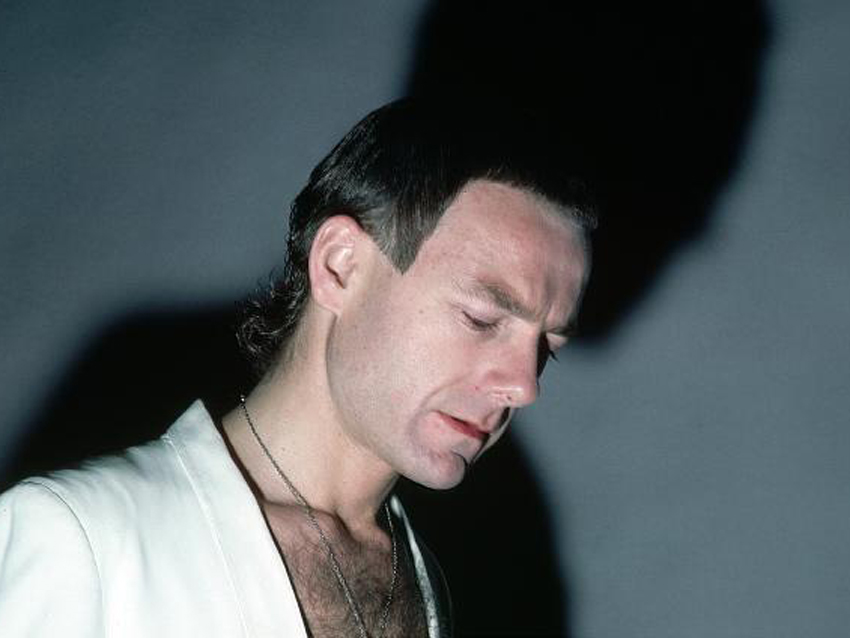
Robert Fripp
Whilst he might not be quite as prolific a feedback merchant as some of the other musicians included here, King Crimson icon Robert Fripp deserves inclusion for being responsible for one of the most iconic uses of guitar feedback of all time: the guitar line to David Bowie’s Heroes.
Working with producer Tony Visconti, Fripp formed the famous lead line by positioning himself and his guitar at various points around the studio to record each note and create the pitched, sustained feedback effect.
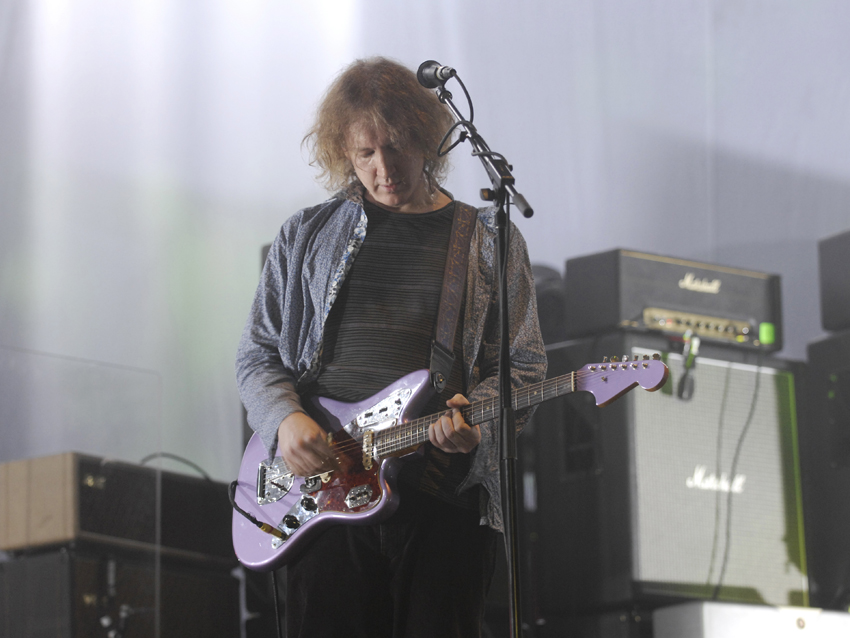
My Bloody Valentine
To be fair, on record, the ear-splitting noise experiments of MBV main-man Kevin Shields aren’t entirely unparalleled. His effect-laden playing style has obvious roots in the work of bands like Sonic Youth and The Jesus And Mary Chain - both of which should be considered feedback icons in their own right.
The Irish four-piece deserve mention, however, for their apocalyptically loud live shows, which generally climax in a section known as ‘the holocaust’. The performance sees closing track You Made Me Realise descend into an interlude of feedback and distorted noise, played at deafening volume, which tends to last for around 30 minutes.
I'm the Managing Editor of Music Technology at MusicRadar and former Editor-in-Chief of Future Music, Computer Music and Electronic Musician. I've been messing around with music tech in various forms for over two decades. I've also spent the last 10 years forgetting how to play guitar. Find me in the chillout room at raves complaining that it's past my bedtime.
“I said, ‘Are we sure we can write a song about death?’”: The story of Mike + The Mechanics' classic No.1 The Living Years
“How daring to have a long intro before he’s even singing. It’s like psychedelic Mozart”: With The Rose Of Laura Nyro, Elton John and Brandi Carlile are paying tribute to both a 'forgotten' songwriter and the lost art of the long song intro
“I said, ‘Are we sure we can write a song about death?’”: The story of Mike + The Mechanics' classic No.1 The Living Years
“How daring to have a long intro before he’s even singing. It’s like psychedelic Mozart”: With The Rose Of Laura Nyro, Elton John and Brandi Carlile are paying tribute to both a 'forgotten' songwriter and the lost art of the long song intro









